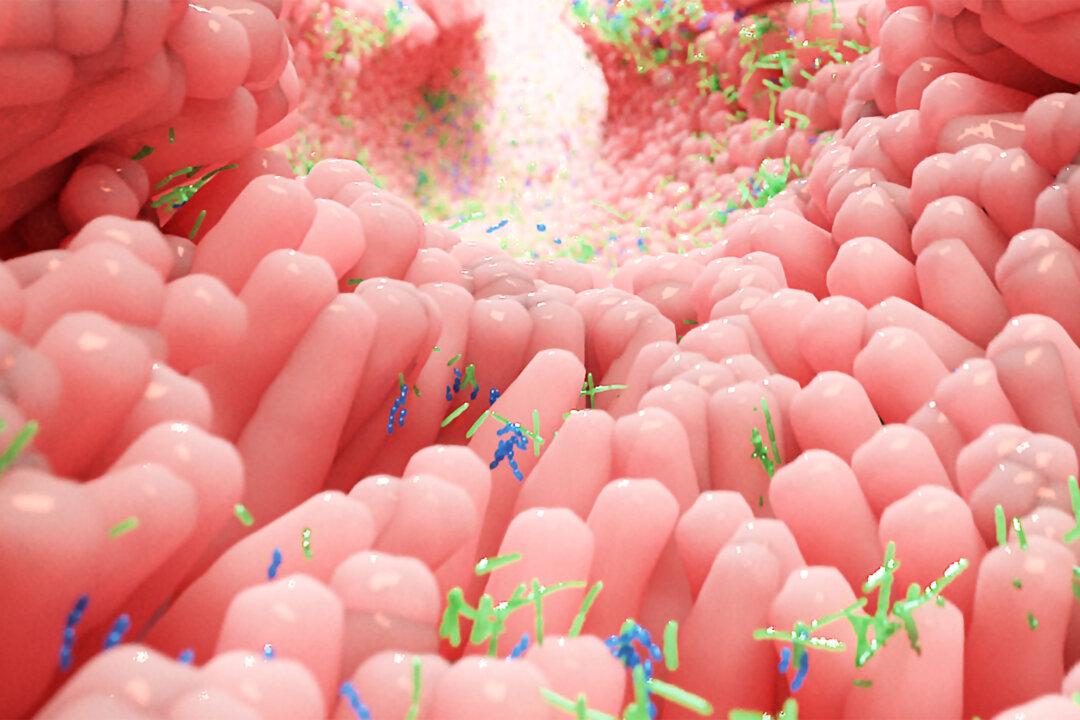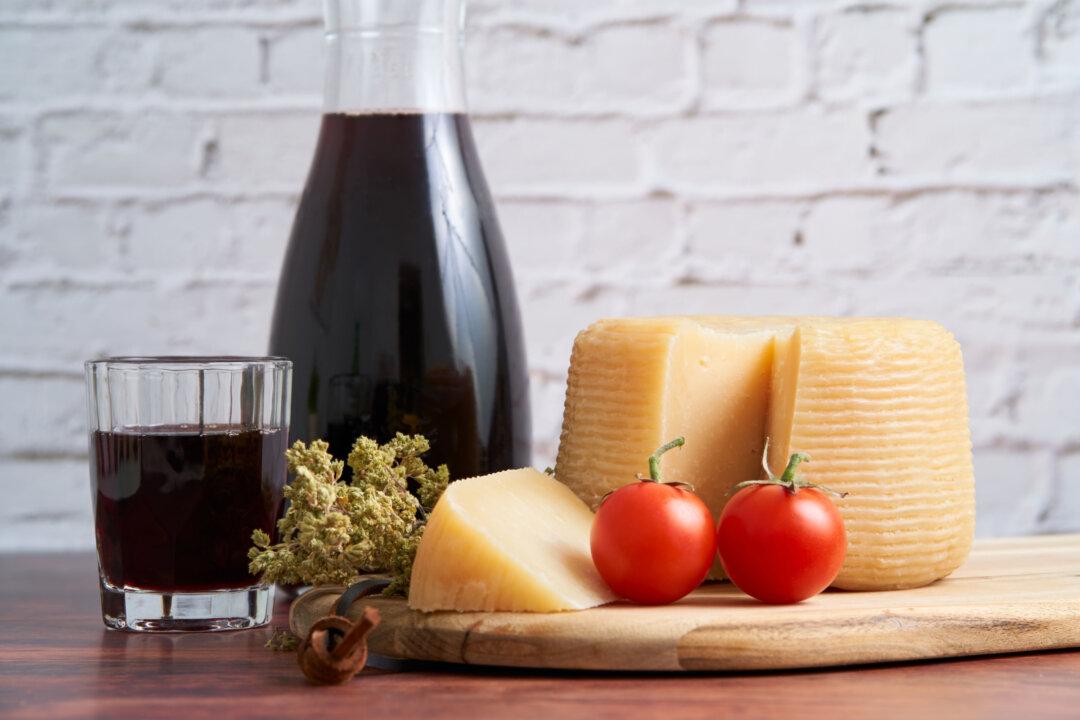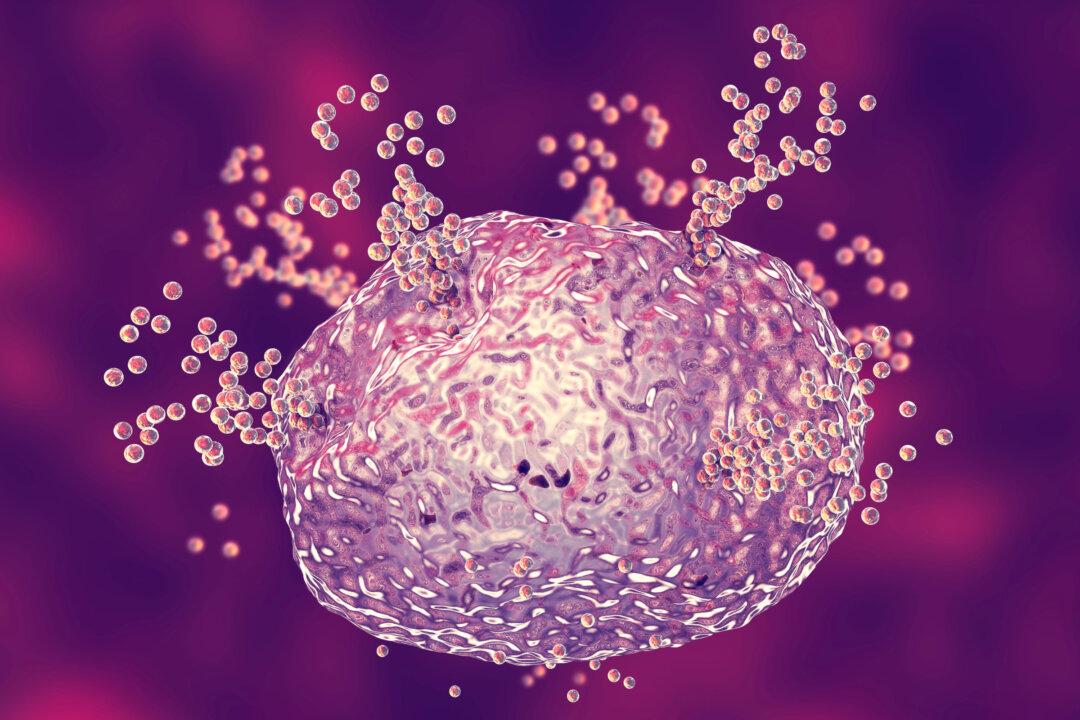The human digestive system is a mighty and miraculous yet delicately balanced realm. It doesn’t take much to disrupt the gut microbiome and create a tangle of uncomfortable and disruptive symptoms.
Bacteria are a critical component to a healthy gut and small intestine, but when bacteria overgrow in the small intestine, it can lead to a leaky gut and a host of other gastrointestinal symptoms.






